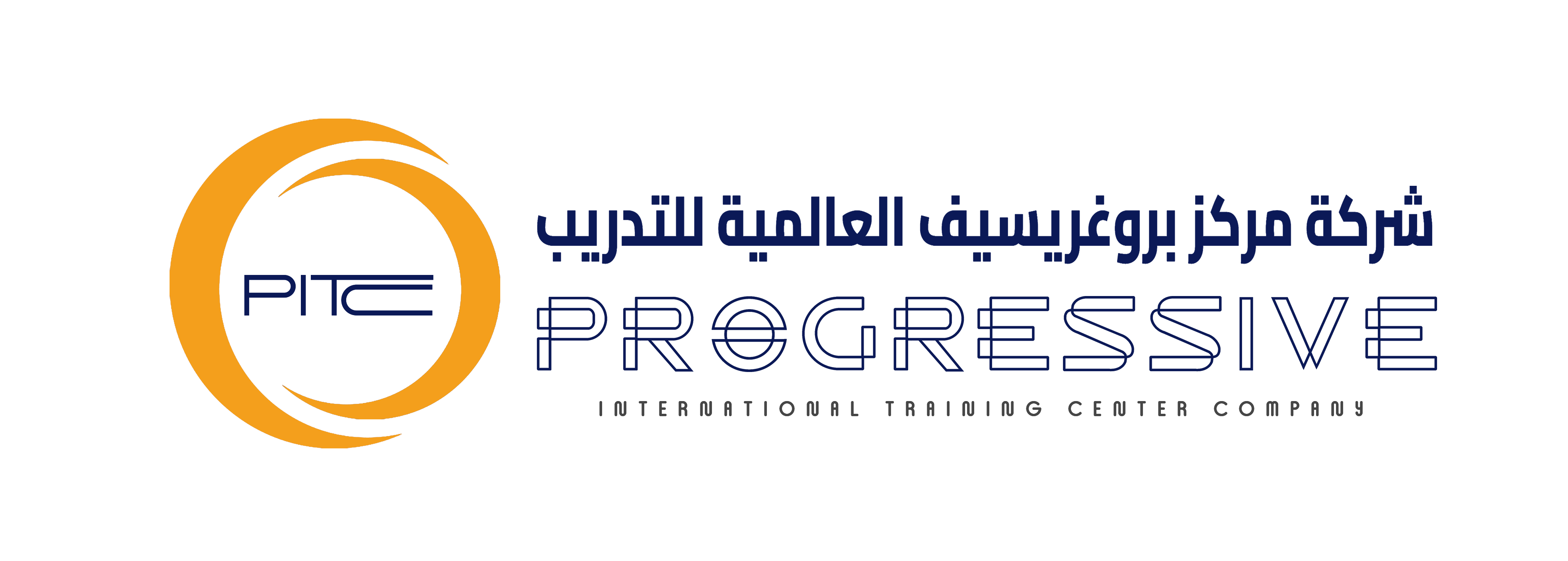Introduction
The Importance of Safety Training in the Workplace
In any workplace, safety is paramount. Safety training plays a critical role in preventing workplace accidents and ensuring that employees are well-prepared to handle potentially hazardous situations. According to the National Safety Council, in 2020 alone, there were approximately 4,764 work-related fatalities in the United States, highlighting the urgent need for effective safety training programs. Inadequate training can lead to severe consequences, including injuries, financial losses, and legal ramifications for organizations.
The Role of Technology in Modern Safety Training
As we advance into the digital age, technology is transforming traditional safety training methods. From online platforms to immersive virtual reality experiences, technology in safety training is reshaping how organizations approach employee education. Key technological advancements include:
- E-learning safety programs
- Mobile safety training solutions
- Virtual reality safety training
- Innovative safety training tools
These advancements not only enhance engagement but also provide employees with the necessary skills to maintain a safe working environment.
Digital Safety Training Methods
Online Platforms and E-Learning Safety Programs
Digital safety training methods such as online platforms and e-learning safety programs offer numerous benefits. They provide flexibility and accessibility, allowing employees to complete training at their own pace and convenience. Key advantages include:
- Cost-effectiveness: Reducing the need for physical training materials and travel expenses.
- Scalability: Easily deploying training to large groups across multiple locations.
- Customizability: Tailoring content to meet specific organizational needs.
With e-learning platforms, companies can ensure that all employees receive consistent training, which is crucial for maintaining high safety standards.
Mobile Safety Training Solutions
Mobile safety training solutions are revolutionizing how safety training is delivered. With the rise of smartphones and tablets, employees can access training materials anytime and anywhere.
For example, companies like DuPont have implemented mobile training apps that allow employees to participate in safety drills and access safety resources on-the-go. This approach not only keeps safety top-of-mind but also ensures that critical information is always at their fingertips.
Case Studies of Successful Mobile Safety Training Implementations
- BP’s Safety App: BP has developed a mobile app that provides quick access to safety protocols, incident reporting, and safety checklists, resulting in a significant reduction in workplace incidents.
- Kiewit Corporation: By utilizing a mobile safety training platform, Kiewit improved employee engagement and reported a 30% decrease in safety incidents within the first year.
Virtual Reality Safety Training
Immersive Learning Experiences
Virtual reality (VR) safety training creates realistic training environments that simulate high-risk scenarios. This immersive learning experience allows employees to practice their responses to dangerous situations without the associated risks.
Advantages of VR training include:
- Enhanced retention: Trainees are more likely to remember critical safety procedures when engaged in realistic scenarios.
- Immediate feedback: Employees can receive instant evaluations of their performance in VR environments, allowing for timely corrections.
Case Studies and Success Stories
Several organizations are already reaping the benefits of VR safety training:
- Walmart: The retail giant has integrated VR into its training programs, resulting in improved employee preparedness and a 10% reduction in accidents reported in stores.
- Shell: By using VR for safety training simulations, Shell has reported enhanced understanding of safety protocols among employees, which has translated to safer work environments in their oil rigs.
Innovative Safety Training Tools
Gamification in Safety Training
Gamification is an innovative approach that enhances engagement and knowledge retention in safety training. By incorporating game elements into training programs, organizations can create a more interactive learning experience.
Popular tools and platforms that utilize gamification include:
- SafetySkills: This platform offers interactive training modules that include quizzes, challenges, and real-time feedback.
- Quizizz: A collaborative quiz platform that allows employees to participate in safety knowledge competitions.
Wearable Technology for Real-Time Feedback
Wearable technology is another exciting development in safety training. Devices such as smart helmets and vests can monitor employee performance and provide real-time feedback on safety practices.
Benefits of wearables include:
- Data collection: Collecting data on employee movements and behaviors helps identify potential hazards.
- Instant alerts: Wearables can alert employees to unsafe conditions in real-time, prompting immediate corrective actions.
Improving Safety Training with Technology
Customizable Training Programs
One of the most significant advantages of using technology in safety training is the ability to customize training modules to meet specific organizational needs.
Technologies such as Learning Management Systems (LMS) allow organizations to easily update training content, ensuring that employees always receive the most relevant information. This adaptability is crucial for maintaining compliance with evolving safety regulations.
Measuring Effectiveness and Continuous Improvement
Technology also aids in tracking training effectiveness. By collecting data on employee performance and safety incident reports, organizations can assess the impact of their training programs.
Strategies for continuous improvement include:
- Regular assessments: Conducting periodic evaluations of training effectiveness can help identify areas for improvement.
- Data analytics: Leveraging analytics tools to analyze safety data can inform better training strategies and interventions.
Conclusion
The Future of Safety Training with Technology
The integration of technology into workplace safety training is transforming how organizations prepare their employees for potential hazards. By embracing innovative methods such as e-learning, mobile solutions, VR, and gamification, companies can significantly enhance their safety outcomes.
Call to Action
As we look to the future, it is crucial for organizations to explore and implement technological solutions for their safety training needs. Investing in these innovative methods can lead to safer work environments, improved employee morale, and ultimately, a more productive workforce.
To get started, consider researching available resources and training programs tailored to your organization’s unique safety requirements. Let’s champion workplace safety together!
